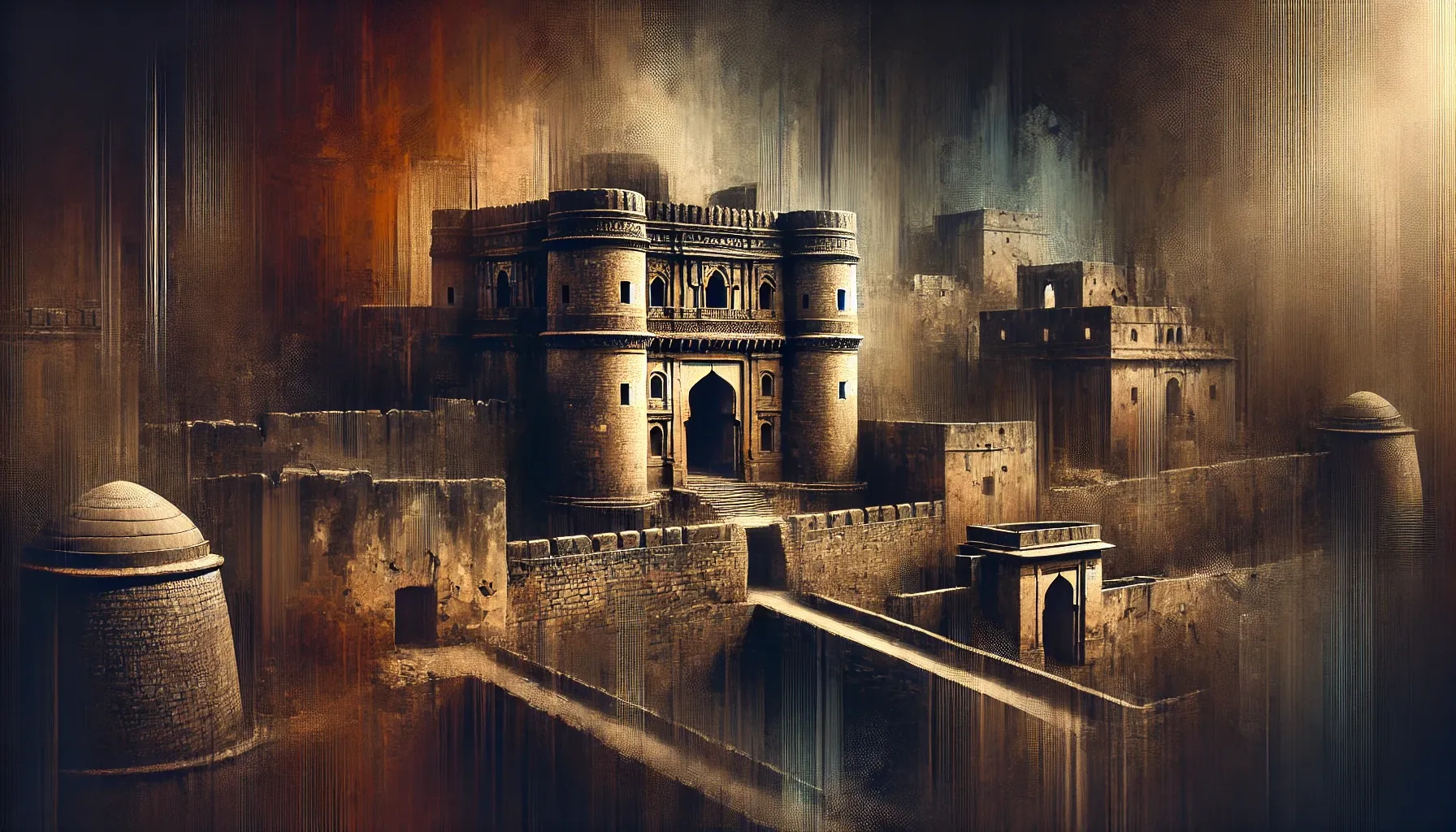UPSC
The Hindu Briefs
Bobbili Fort: Legacy of a Fierce Battle
Last Updated
22nd March, 2025
Date Published
22nd March, 2025
Share This Post With Someone

Context:
This analysis highlights the fort’s museum, which preserves relics of this clash between the Bobbili kingdom and a French-Vizianagaram alliance, offering insights into colonial resistance and regional power struggles as of March 22, 2025.
- Battle Overview: The Battle of Bobbili occurred on January 23-24, 1757, at Bobbili Fort, a defining moment of resistance against colonial influence in South India.
- Who Fought: The Bobbili kingdom, led by Raja Gopala Krishna Ranga Rao, clashed with a combined force of French troops under General Charles de Bussy and Vizianagaram forces under Pusapati Peda Vijayarama Raju, backed by the Nizam of Hyderabad.
- Reason for Conflict: Vizianagaram’s king allied with the French to expand influence and settle scores with Bobbili, whose rulers resisted French dominance and refused subservience, escalating long-standing regional rivalry.
- French Involvement: General de Bussy, aiding Vizianagaram with artillery and troops, aimed to secure French control over the Northern Circars, exploiting local feuds for colonial gain.
- Bobbili’s Defiance: Raja Ranga Rao, with only 250 soldiers and 700 civilians, fortified the mud-brick fort, rejecting surrender despite the enemy’s 10,000-strong army and cannons.
- Battle Dynamics: The French-Vizianagaram alliance bombarded the fort with artillery, breaching its defenses; Bobbili’s forces fought fiercely, but the odds overwhelmed them after a day-long siege.
- Outcome - Fall of Bobbili: The fort fell on January 24, 1757; Raja Ranga Rao and most defenders perished, with women and children committing jauhar (self-immolation) to avoid capture, marking a tragic end.
- Aftermath: Vizianagaram’s king looted Bobbili, but survivors, led by Ranga Rao’s kin, later avenged the loss in the 1794 Battle of Padmanabham, weakening Vizianagaram’s dominance.
- Museum Legacy: Bobbili Fort’s Durbar Mahal museum displays battle relics—swords, muskets, and cannonballs—preserving the memory of this resistance against colonial and regional foes.
- Historical Significance: The battle symbolizes early anti-colonial defiance in India, predating larger revolts like 1857, and underscores the role of local kingdoms in resisting foreign powers.
Key Terms:
- Battle of Bobbili: 1757 clash between Bobbili kingdom and French-Vizianagaram forces.
- Raja Gopala Krishna Ranga Rao: Bobbili’s ruler who led the defense against the siege.
- Charles de Bussy: French general aiding Vizianagaram in the battle.
- Pusapati Peda Vijayarama Raju: Vizianagaram king allied with the French against Bobbili.
- Northern Circars: Coastal region contested by European powers in the 18th century.
- Jauhar: Act of self-immolation by Bobbili’s women to evade capture.
- Bobbili Fort: Mud-brick stronghold, now a museum, site of the iconic battle.
Link To The Original Article – https://www.thehindu.com/news/national/andhra-pradesh/bobbili-fort-in-vizianagaram-where-memories-of-an-iconic-battle-stay-alive/article69350371.ece